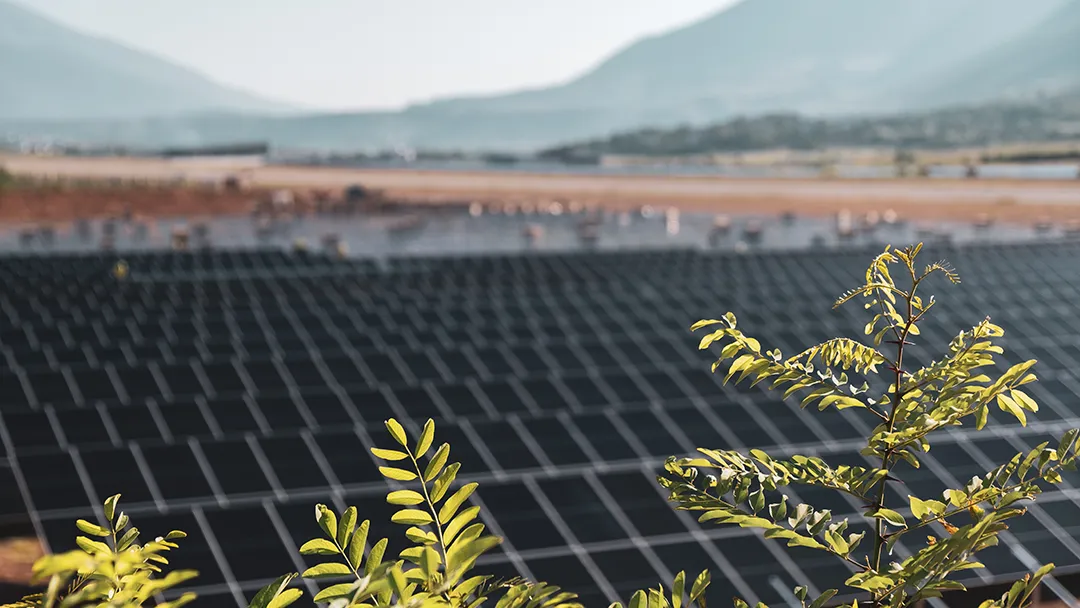
Comparing Solar Panel Technologies: Monocrystalline vs. Polycrystalline
Solar energy has become an essential solution for renewable power, and choosing the right solar panel technology is crucial for efficiency and cost-effectiveness. Two of the most common types of solar panels are monocrystalline and polycrystalline. Each has its own advantages and is suited for different applications. In this guide, we’ll compare these technologies to help you decide which one fits your needs best.
What are monocrystalline and polycrystalline solar panels?
Monocrystalline solar panels
Monocrystalline panels are made from a single, high-purity silicon crystal. This allows electrons to move more freely, making these panels more efficient in converting sunlight into electricity. Their distinct black appearance comes from the uniform crystal structure.
Polycrystalline solar panels
Polycrystalline panels are made from multiple silicon fragments melted together. This results in a blue, speckled appearance and slightly lower efficiency compared to monocrystalline panels. However, they tend to be more affordable.
Efficiency comparison
One of the key differences between these two technologies is efficiency.
- Monocrystalline panels typically have an efficiency rate of 17-22%, making them a better option for maximizing energy production in limited space.
- Polycrystalline panels generally offer an efficiency of 15-17%, meaning they require more surface area to generate the same amount of electricity.
If you are considering installing a high-efficiency solar system, check out VEGA Solar’s solutions for premium solar panel options.
Cost differences
- Monocrystalline panels are more expensive due to their complex manufacturing process and higher efficiency.
- Polycrystalline panels are more budget-friendly and a great option for those looking for a cost-effective solar solution.
For insights on how to save money with solar energy in Albania, you can read our guide on how to calculate savings from switching to solar energy.
Performance in different conditions
Monocrystalline panels perform better in low-light and high-temperature conditions, making them ideal for regions with variable weather. In contrast, polycrystalline panels tend to lose more efficiency in extreme heat.
To learn more about the benefits of solar power in different environments, visit our article on why Germany is the ideal place for solar energy.
Which one should you choose?
- If you have limited roof space and want maximum efficiency, monocrystalline panels are the better option.
- If you have ample installation space and are looking for a more affordable solution, polycrystalline panels may be a good choice.
For expert consultation and installation, explore VEGA Solar’s professional services and get the best advice tailored to your energy needs.
Conclusion
Both monocrystalline and polycrystalline solar panels offer great benefits, and the right choice depends on your budget, efficiency needs, and installation space. Regardless of which technology you choose, investing in solar energy is a smart step towards sustainability and energy independence.
To get started with your solar installation, contact VEGA Solar today!





Leave a comment
You must be logged in to post a comment.